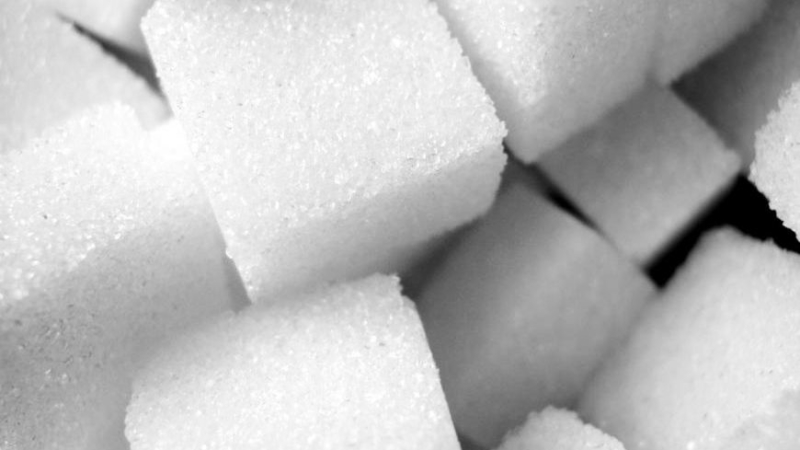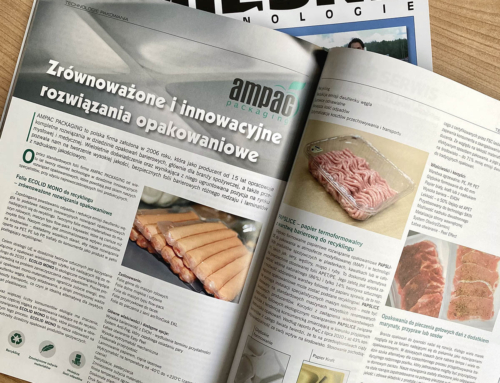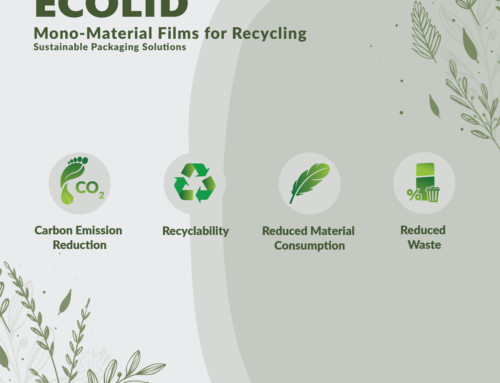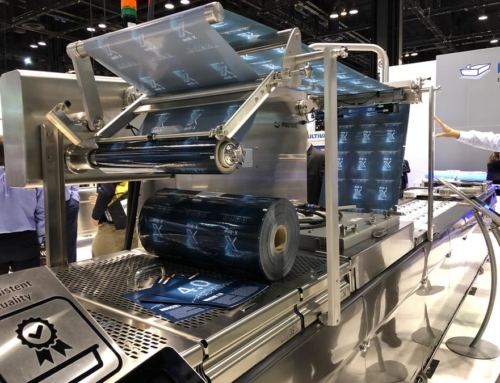Some biodegradable plastics may be made in the future with sugar and carbon dioxide, replacing unstable plastics made from crude oil.
- Polycarbonate is used to make bottles, spectacle lenses, CDs, and various coatings. Modern manufacturing processes use polycarbonate bisphenol A (BPA) and phosgene, used as a chemical weapon during World War II. The material is currently banned for bottles.
- A team of scientists have made alternative polycarbonates from sugars and carbon dioxide in a new process that also uses low ambient pressures and temperatures, making it cheaper and safer to manufacture.
- This new type of polycarbonate can be decomposed back into carbon dioxide and sugar using enzymes from soil bacteria.
- This new plastic is biocompatible and could be used for medical purposes in the future.
- Polycarbonate sugar offers a more sustainable alternative to traditional BPA polycarbonate, as the latter process uses a highly toxic chemical called phosgene. Scientists in Bath have now developed a much safer, more sustainable alternative that adds carbon dioxide to sugar at low ambient pressures and temperatures.
Biodegradable and biocompatible
- The plastic has similar properties, high strength, transparent and scratch resistant.
- The crucial difference is that it can be degraded back into carbon dioxide and sugar using enzymes found in soil bacteria.
Applications The new BPA plastic can replace existing polycarbonates, bottles and food containers. And since plastic is biocompatible, it can also be used for medical purposes.
Dr. Antoine Bachardt, Researcher at the University Department of Chemistry, said: “With the growing population, the demand for plastic is growing. This new plastic is a renewable alternative to fuel based on polymers, is potentially cheap, but because it is a biological product, the growth of landfills will decrease.”







Leave A Comment
You must be logged in to post a comment.